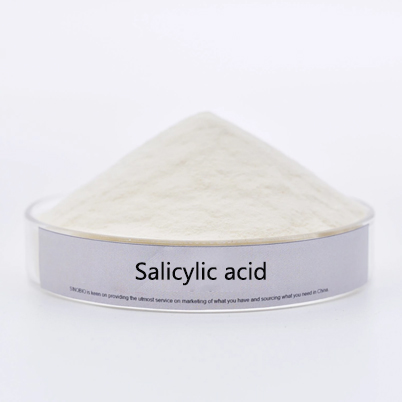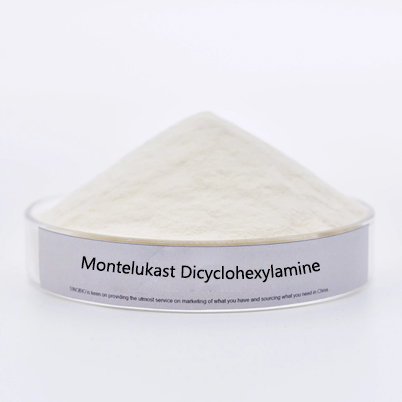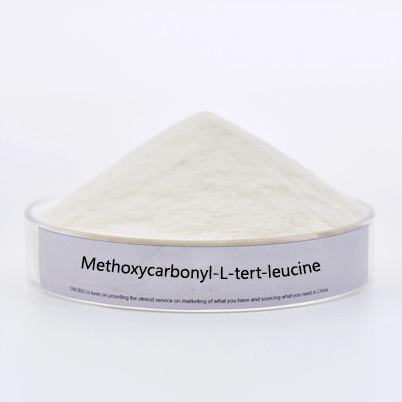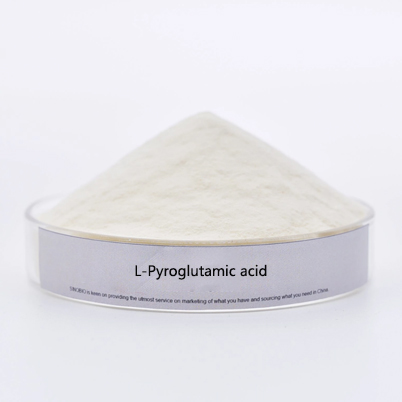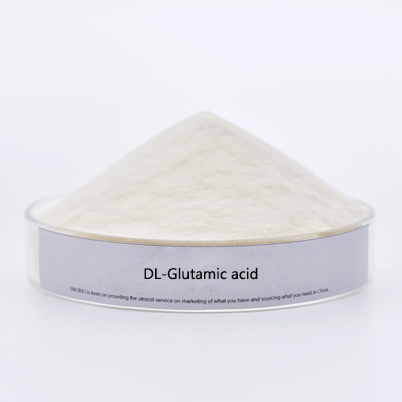- E-mail : info_medicalmarketing@jindunmedical.com
- Phone : +86 21 64057580
- Address : Shanghai China
Recommend-Sitagliptin base-Manufacturer
Sitagliptin is a new anti type II diabetes drug approved by FDA and the first dipeptidyl peptidase IV inhibitor used to treat type II diabetes. The mechanism of action of sitagliptin is different from that of previous oral hypoglycemic drugs. It improves the pancreatic islets of diabetes patients β The ability of cells to produce insulin increases the secretion of insulin when blood sugar rises, thus controlling the blood sugar level of diabetes patients. Clinical studies have shown that sitagliptin is an effective oral drug with good market prospects. It has significant hypoglycemic effect when used alone or in combination with metformin and pioglitazone, and it is safe to take, well tolerated, and has few adverse reactions.
Uses
It is an inhibitor of dipeptidyl peptidase-4 (DPP-4), which controls blood glucose levels by protecting and enhancing the action of endogenous enteroglycemic hormone. Glucose dependent insulin releasing peptide (GIP) and glucagon-like peptide-1 (GLP-1) are enteric hypoglycemic hormones released in response to dietary intake.GLP-1 and GIP increase insulin synthesis and release from pancreatic β-cells through intracellular signaling pathways, and GLP-1 also decreases glucagon secretion from pancreatic α-cells, resulting in reduced hepatic glucose production. However, both GLP-1 and GIP are rapidly metabolized by DPP-4, resulting in the loss of their proinsulin effects. This drug inhibits the degradation of intestinal hypoglycemic hormone by DPP-4, so it enhances the function of GLP-1 and GIP, increases insulin release and reduces circulating glucagon levels (this effect is glucose-dependent).
IDENTIFICATION AND USE: Sitagliptin; is a viscous liquid. It is a dipeptidyl peptidase-4 inhibitor and used to improve glycemic control in patients with type 2 diabetes. HUMAN EXPOSURE AND TOXICITY: Sitagliptin; improves glycemic control and is generally well-tolerated in patients with type 2 diabetes. Sitagliptin; use has been associated with an increased risk of heart failure -related hospitalizations among patients with type 2 diabetes with pre-existing heart failure. More recently a study has pointed to the possible use of sitagliptin; in the treatment of some neurodegenerative conditions of the peripheral nervous system. Sitagliptin; appears to be free from the adverse effects of weight gain and hypoglycemia that are associated some other treatments. ANIMAL STUDIES: Renal and liver toxicity were observed in rodents at systemic exposure to sitagliptin; at values 58 times the human exposure level. Transient treatment-related physical signs, some of which suggest neural toxicity, such as open-mouth breathing, salivation, white foamy emesis, ataxia, trembling, decreased activity, and/or hunched posture were observed in dogs at exposure levels approximately 23 times the clinical exposure level. Carcinogenicity studies in mice did not show an increased incidence of tumors in any organ up to 500 mg/kg, but in rats there was an increased incidence of combined liver adenoma/carcinoma in males and females and of liver carcinoma in females at 500 mg/kg. Reproductive effects in rats and rabbits were only seen at doses greater than 250 mg/kg. Incisor teeth abnormalities were observed in rats at exposure levels 67 times the clinical exposure level. Sitagliptin; was not mutagenic or clastogenic with or without metabolic activation in the Ames bacterial mutagenicity assay, a Chinese hamster ovary (CHO) chromosome aberration assay, an in vitro cytogenetics assay in CHO cells, an in vitro rat hepatocyte DNA alkaline elution assay, and an in vivo micronucleus assay.
-
date
2022-10-08
-
location
Shanghai, China






































